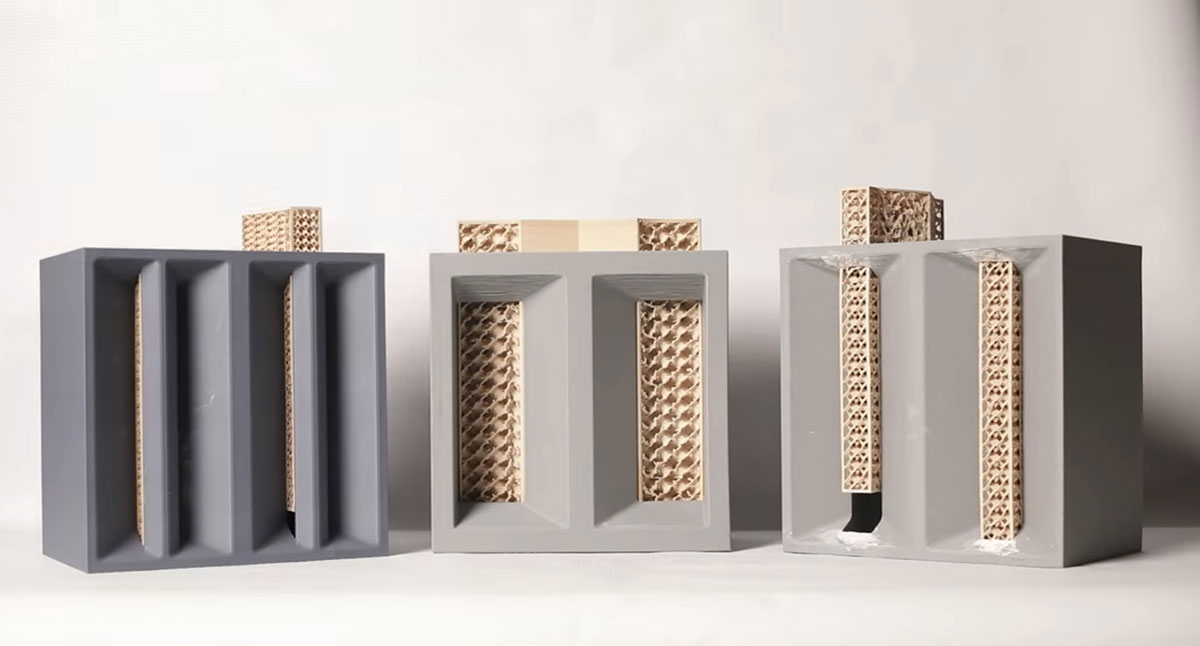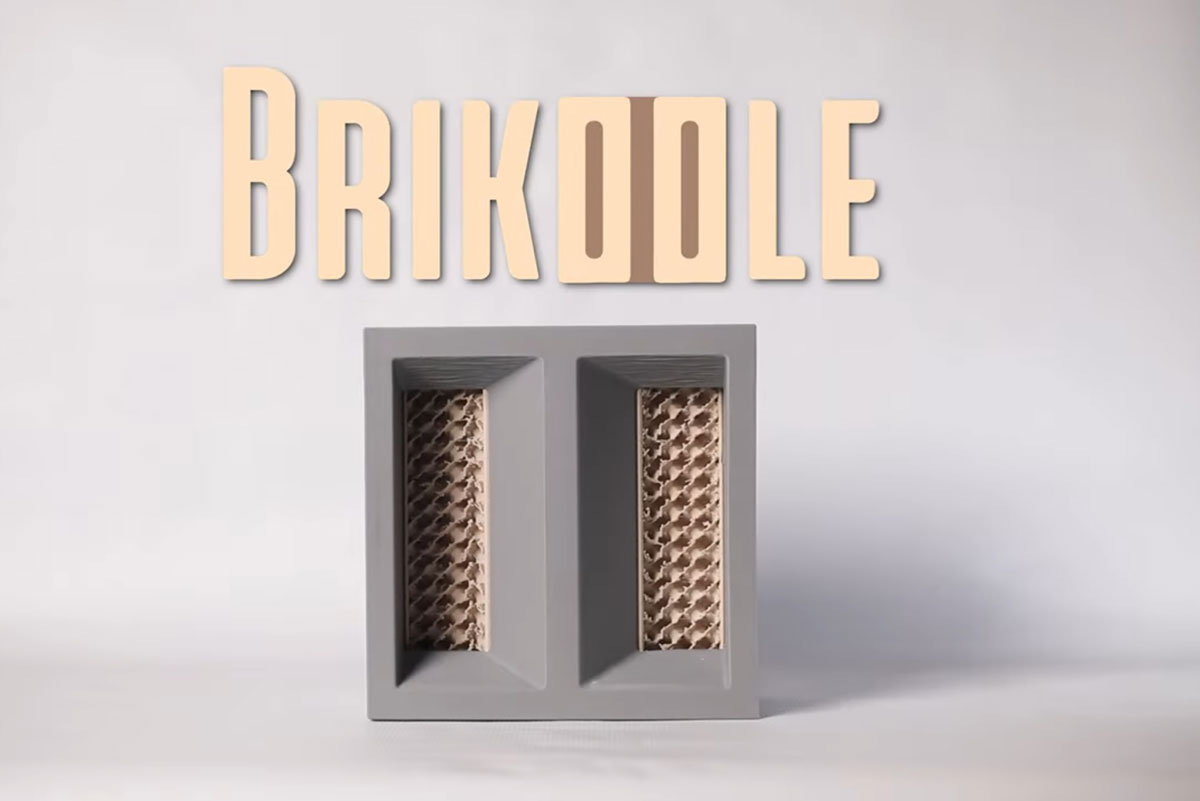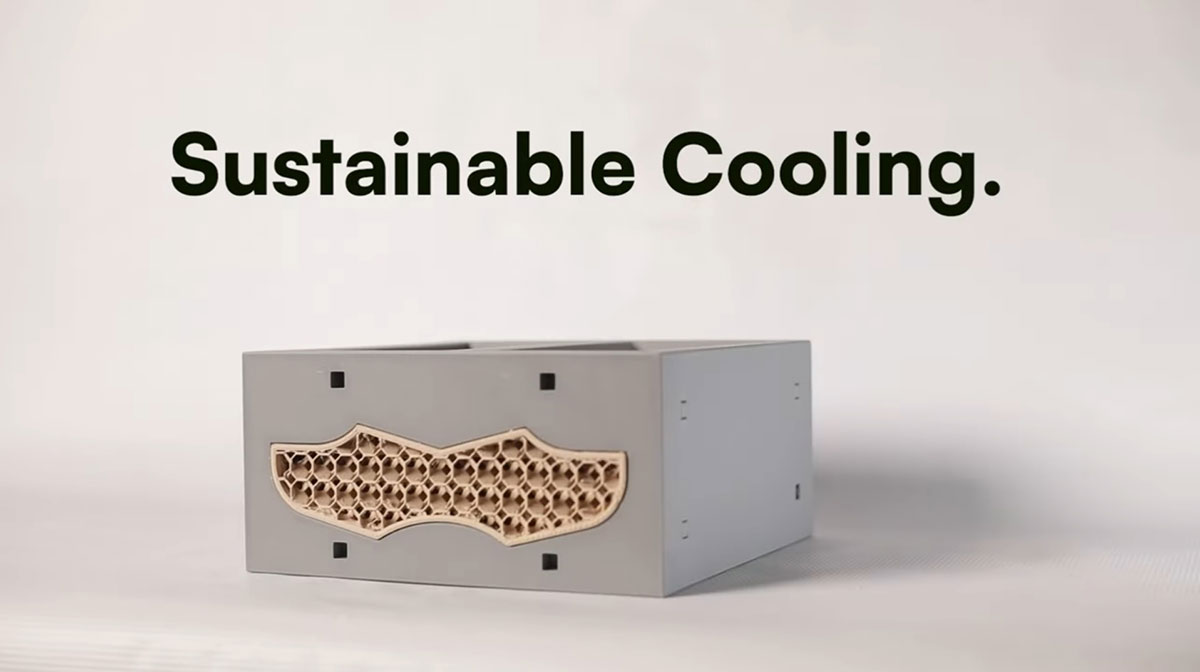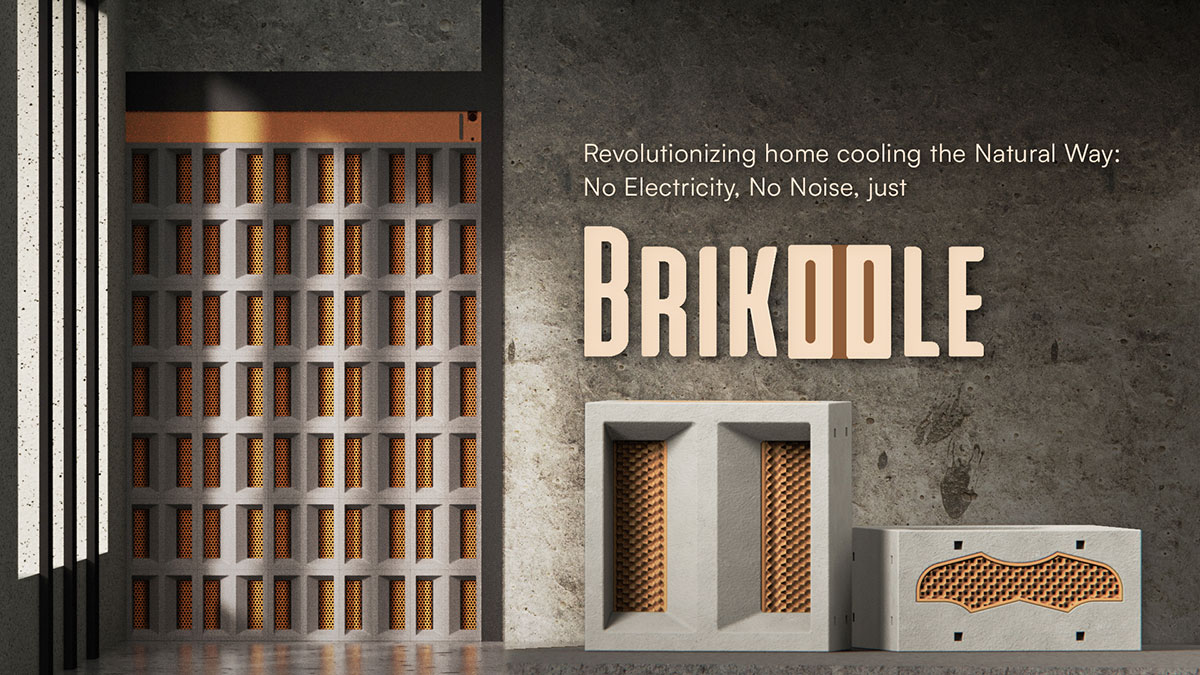The James Dyson Design Award, an international prize that “celebrates, encourages and inspires the next generation of design engineers”, went this year (2024) to an invention by Chee Kin Chong and Kah Zun Ng, two engineering students at the Asia Pacific University of Technology and Innovation in Malaysia. The James Dyson Foundation, the British inventor and industrial engineer who created the famous vacuum-cleaner brand – then organiser of the competition – awarded the prize to the passive indoor cooling system that the two students invented. It is called Brikoole (from ‘brick’ and ‘cool’).
According to the Malaysian students, their inspiration comes from historical passive cooling techniques: the ventilation systems of termite mounds, the “elegant efficiency” of wind catchers in traditional Middle Eastern architecture, the “cooling properties” of salsabil-type fountains (which maximise the surface area of water in contact with the atmosphere), and the “temperature regulating capabilities” of porous ceramics.

Brikoole is a system based on somewhat special bricks. One of the secrets of these bricks is precisely that they feature an intricate internal structure, or “3D printed mesh”, made of PLA from wood. Let’s digress to explain that PLA (Polylactic Acid) is obtained from the fermentation of vegetables such as corn, cassava, sugar cane or, as in this case, wood. It is therefore one of the sustainable options that the thermoplastics industry uses instead of the more polluting, conventional plastic. However, the students plan to replace this material, in the final design, with ceramic because of its greater efficiency. But let’s move on to the Brikoole…

An integrated water distribution system keeps the mesh at the heart of the brick constantly moist. In this way, air passes through the damp environment of the mesh and, as it evaporates, cools it. This cooled air enters the interior of the building and cools the environment. During construction, the Brikoole bricks are placed in the appropriate position on the outer walls of the rooms (for example, those facing an inner courtyard) and the effective passive cooling system is ready. Laboratory tests showed that temperatures in interiors with the passive cooling system decreased compared to those without, by between almost 3 and just over 6°C, depending on the different climatic conditions.

As the Malaysian students point out, their passive cooling solution is modular and scalable, unlike other methods that require stand-alone systems and/or major architectural adaptations. Instead, Brikoole serves multiple building designs and styles, making the system more accessible and adaptable.
See the design process, the results and other details, in this illustrative video:
Source and images: James Dyson Award Org, James Dyson Foundation, Primebiopol.






